New Discovery at Stonehenge Adds Further Mystery to the Ancient Site
A recent discovery at the ancient site of Stonehenge in England has unveiled a shocking new mystery, sparking the curiosity of archaeologists worldwide.
Researchers have discovered that the unique Altar stone at the heart of the monument may have been brought to the site from hundreds of miles away. The recent findings will undoubtedly revolutionize our understanding of the ancient structure and the people behind its construction.
The Ancient Site of Stonehenge
Located on a raised mound overlooking the Salisbury Plain in Wiltshire, England, sits Stonehenge, one of the best-known monuments of the ancient world.
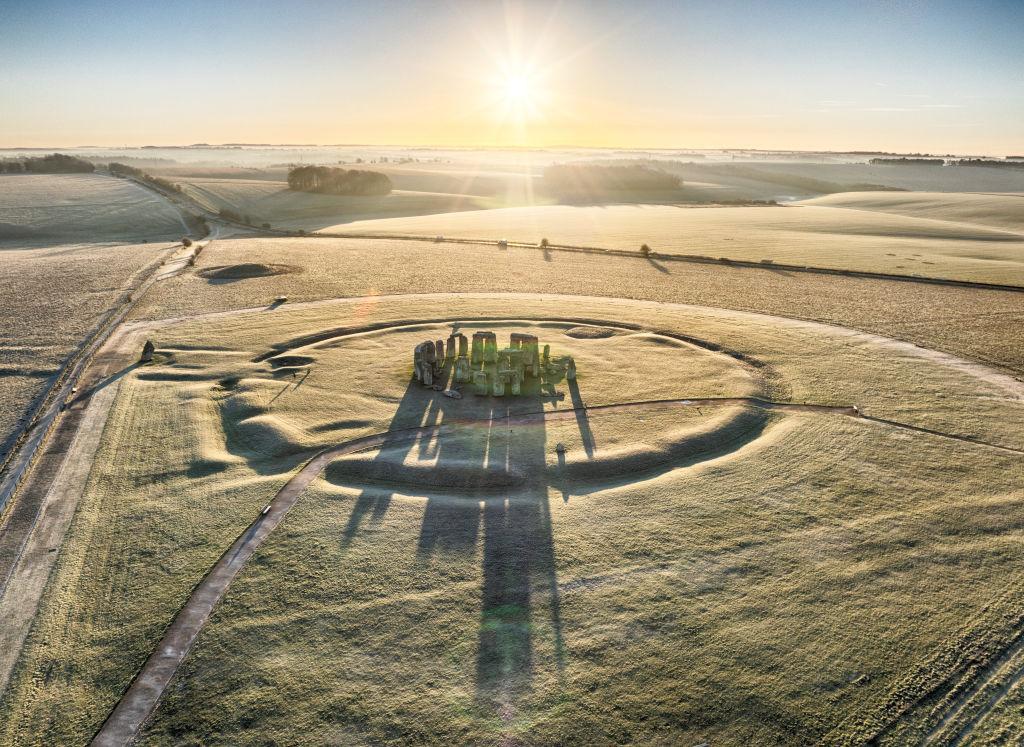
Source: Wikimedia
Researchers summarize that the pre-Celtic inhabitants of what is now Great Britain erected the megalithic stones sometime around 2500 BCE. Around 52 of potentially 80 stones remain at the site, which would have once made up two concentric circles surrounding the main monument.
Fascinating Mysteries Surrounding the Site
There are various mysteries surrounding the enigmatic structure. One that continues to baffle researchers is how the region’s Stone Age inhabitants managed to move and carefully position such enormous blocks of sarsen stone, many of which weigh in excess of 20 tons.
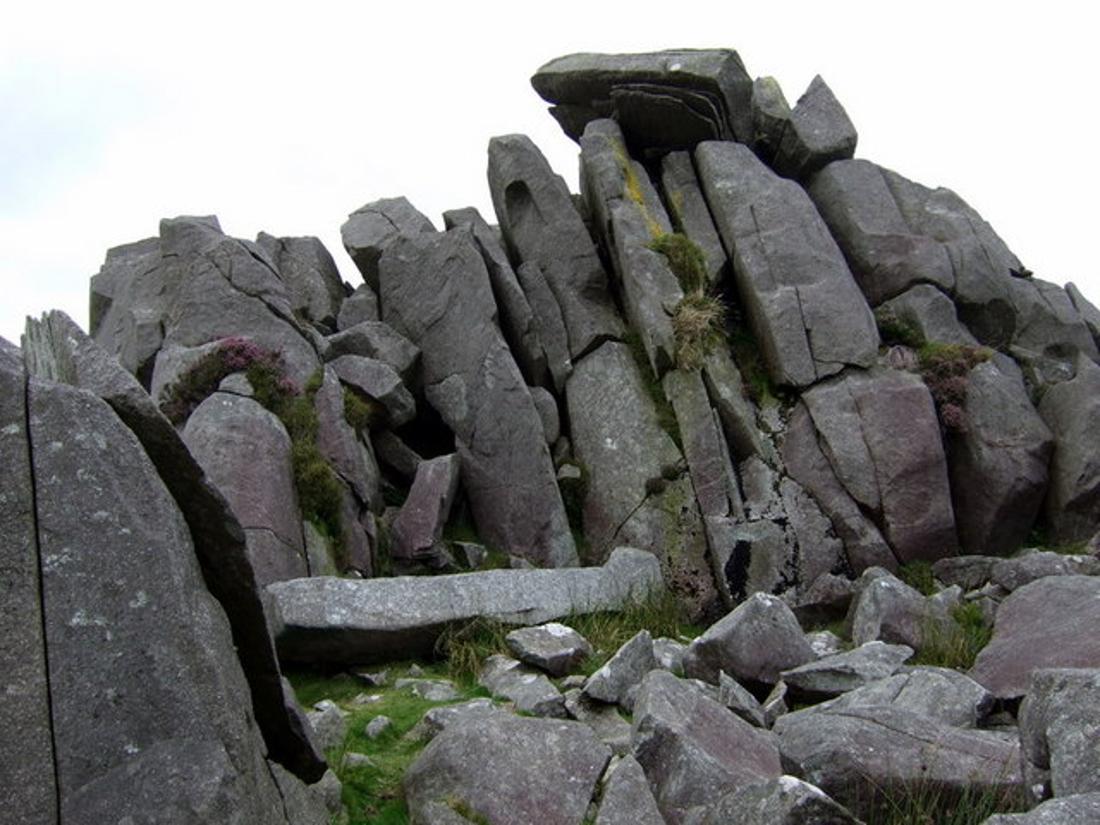
Source: Wikimedia
But if that isn’t enough, researchers also discovered that the smaller bluestones at Stonehenge were transported to the site from Pembrokeshire in Wales, which is around 180 miles away.
Beyond Hadrian's Wall
At the center of the monument lies an enormous slab of sandstone, approximately 6 tons in weight. Often referred to as the Altar stone, this unique megalithic block was also theorized to have its origins in Wales.
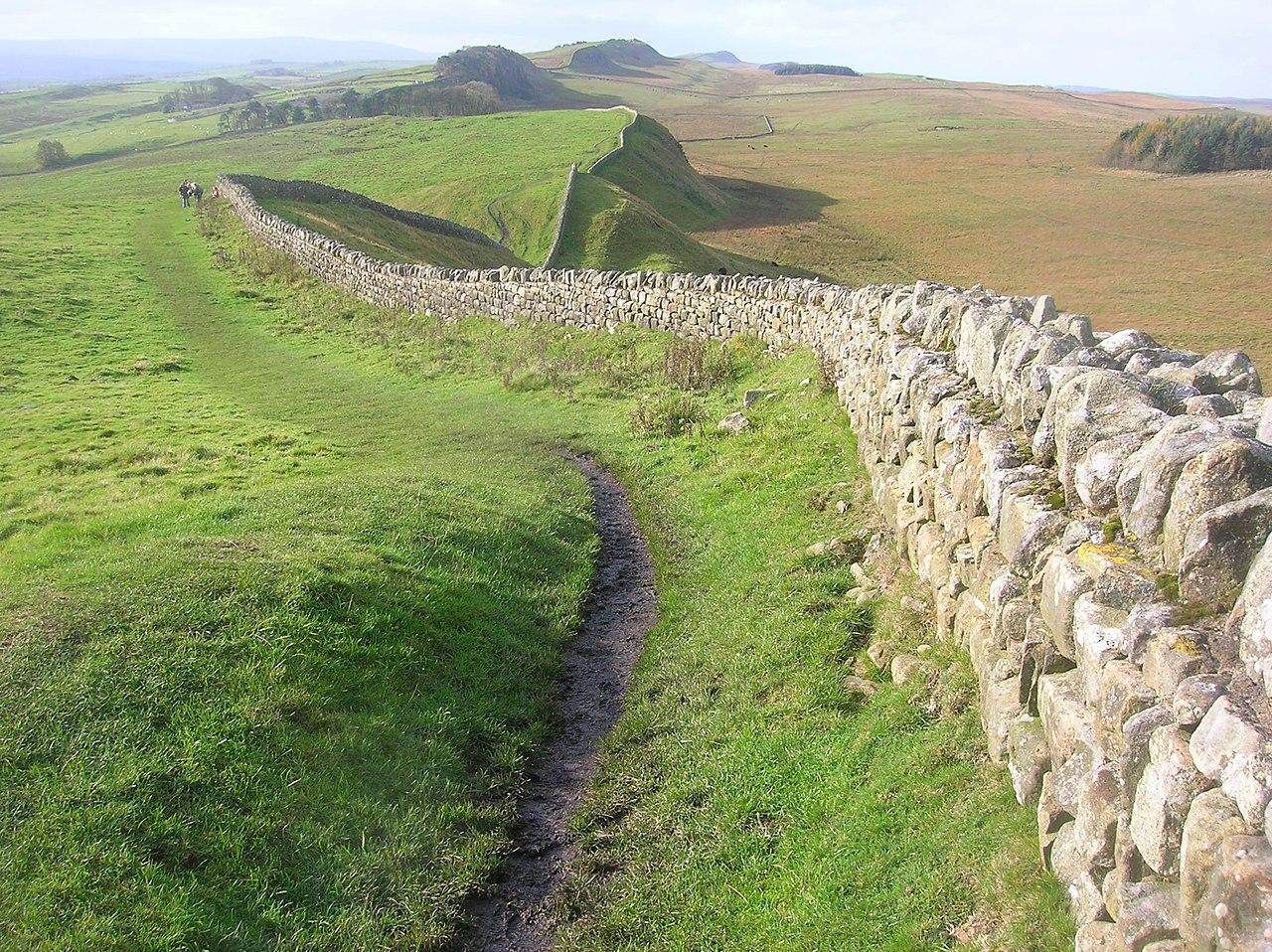
Source: Wikimedia
However, a new study suggests this mammoth rock did not come from the Welsh mountains but instead arrived in Wiltshire after being hauled from the land beyond Hadrian’s Wall.
Stonehenge’s Centrepiece Originated in Scotland
According to a new study, researchers conducted mineralogical tests on the altar stone at the heart of Stonehenge. The results suggest it originated far to the north in Scotland, close to the Orcadian basin.

Source: Wikimedia
This means the ancient inhabitants of Britain somehow managed to move this six-ton stone over the vast English landscape some 500 miles to where it sits today.
Perth Scientists Suggest New Study is 95% Accurate
The new testing was conducted by a team of researchers led by scientists from Curtin University in Perth.

Source: Wikimedia
The study’s results show that the Altar stone is remarkably similar to the Old Red Sandstone, which can still be found in northeast Scotland. The team is confident in its findings, suggesting it is 95% sure it originated in the area.
A Truly Remarkable Discovery
Co-author of the new study, Professor Richard Bevins, from Aberystwyth University, shared his thoughts on the discovery, stating, “The findings are truly remarkable – they overturns what had been thought for the past century.”
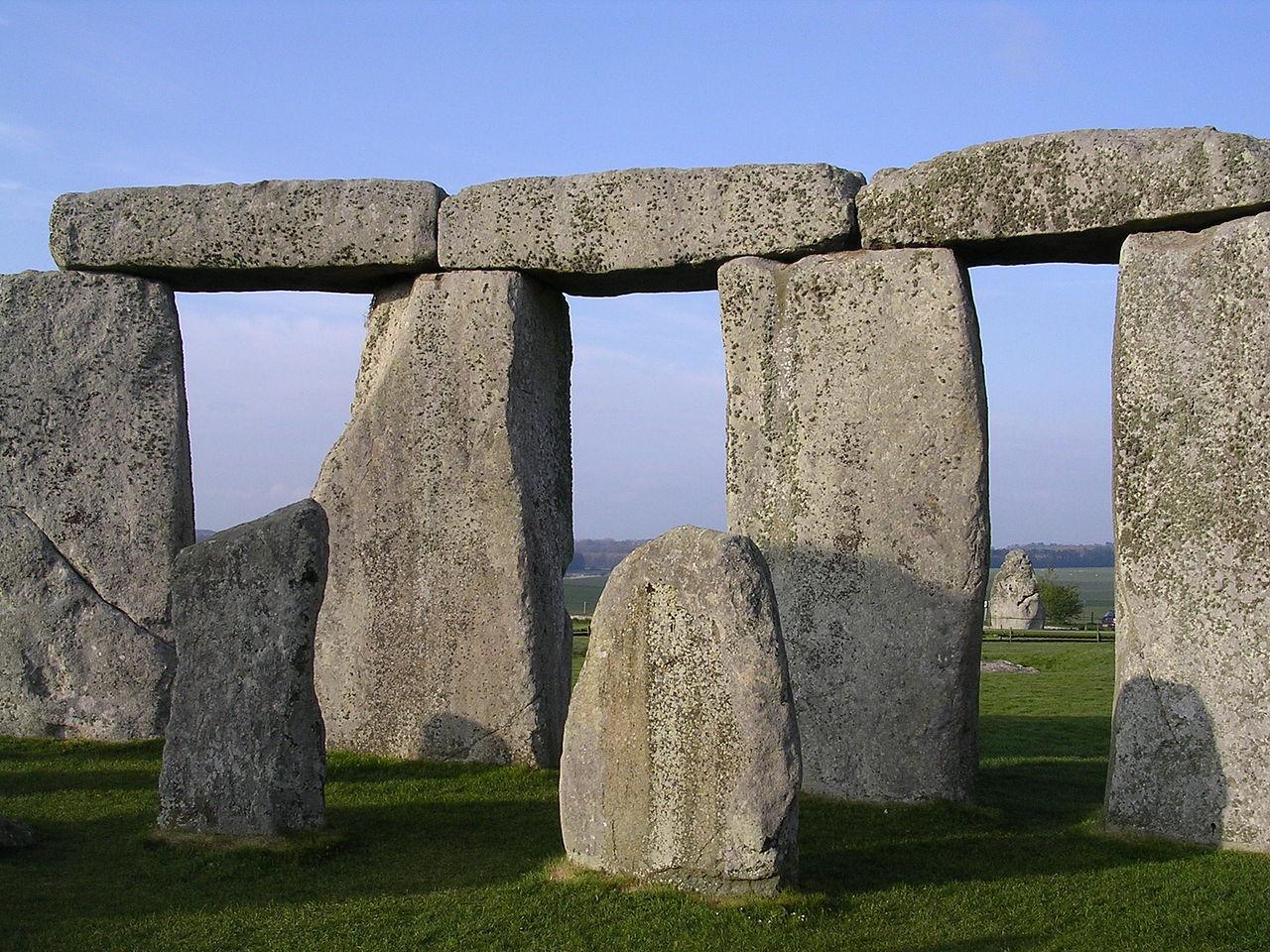
Source: Wikimedia
He added, “We have succeeded in working out if you like, the age and chemical fingerprints of perhaps one of the most famous stones in the world-renowned ancient monument.”
The Altar Stone is Scottish
Regarding the events that led to the discovery, Bevins said, “It’s thrilling to know that our chemical analysis and dating work has finally unlocked this great mystery.”
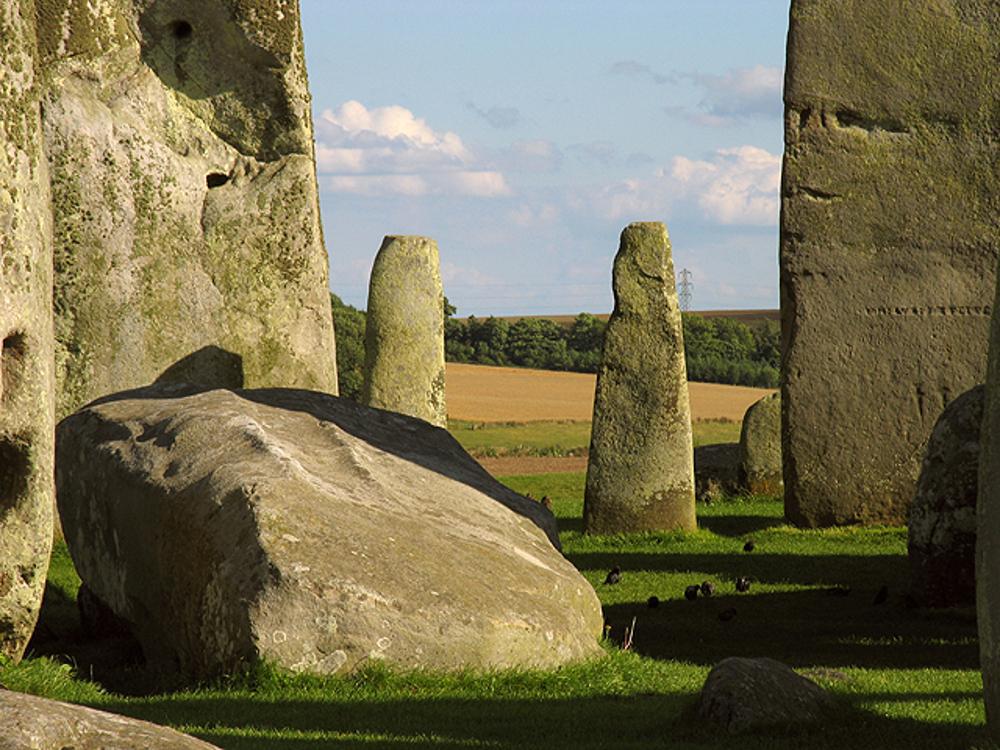
Source: Wikimedia
The researcher added, “We can now say that this iconic rock is Scottish and not Welsh.” However, such a finding has many implications.
New Discovery Set to Transform Our View of Ancient Britain
This recent discovery has the potential to revolutionize our understanding of the ancient inhabitants of Britain, offering a new perspective on their social and political structures.

Source: Wikimedia
Generally, it was assumed that the Neolithic inhabitants of the British Isles were small regional tribes or clans. However, the altar stone’s origin in the far north, coupled with the bluestones’ coming from Wales, suggests there may have been a somewhat unified society spread throughout the island during the Stone Age.
Political or Religious Cooperation in Britain 4,500 Years Ago
According to researchers, the new Scottish link suggests that during the construction of Stonehenge some 4,500 years ago, the people of Britain must have shared some form of a social-political connection.
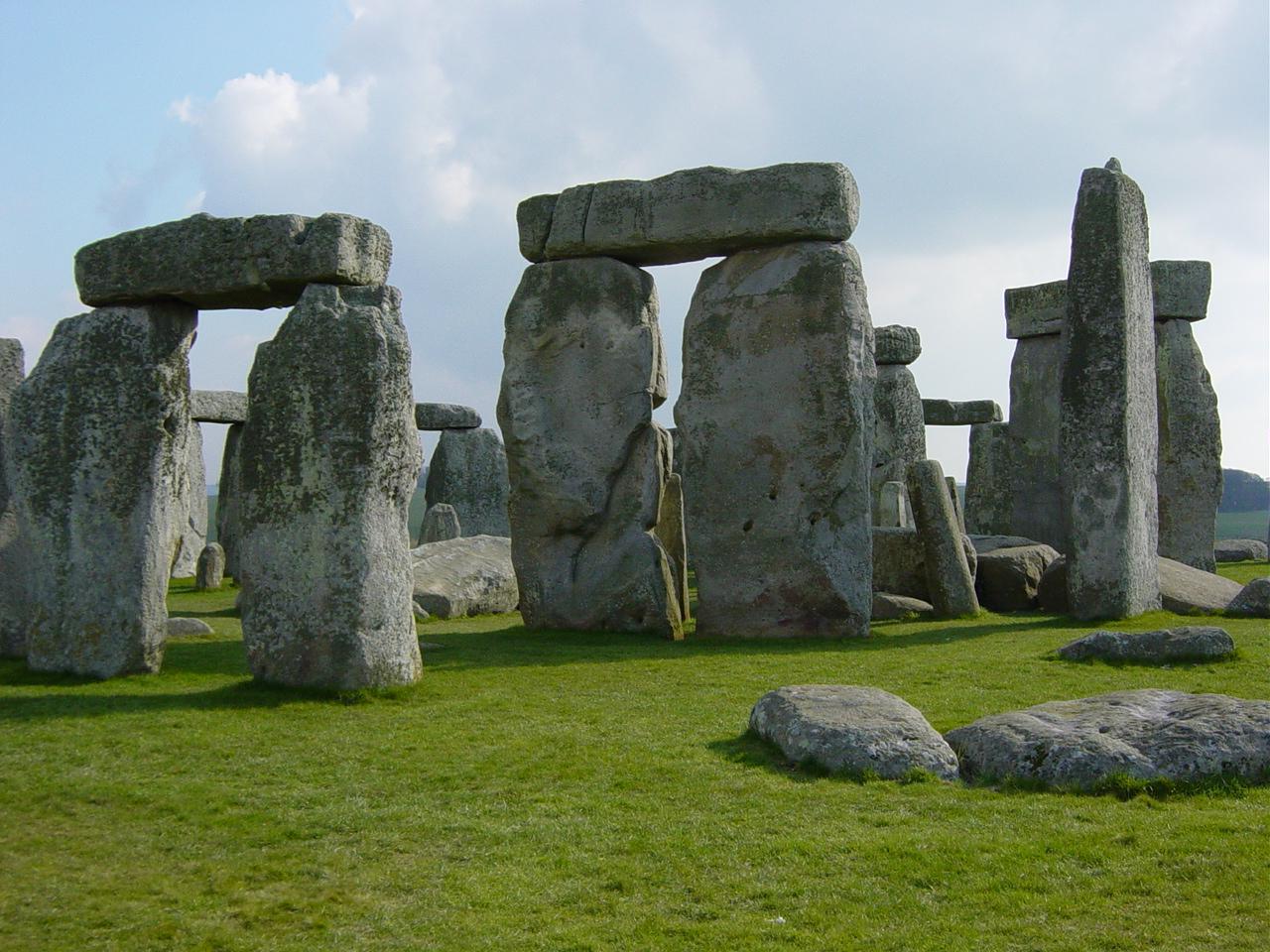
Source: Wikimedia
They postulate that those who transported the large sandstone block from Northern Scotland must have known about the existence of Stonehenge. This hints at some kind of geopolitical cooperation or even shared religious beliefs.
How Did the Stone Get to Wiltshire?
Another implication of the discovery forces researchers to consider just how Neolithic groups managed to move such a monumental stone over such a vast distance.
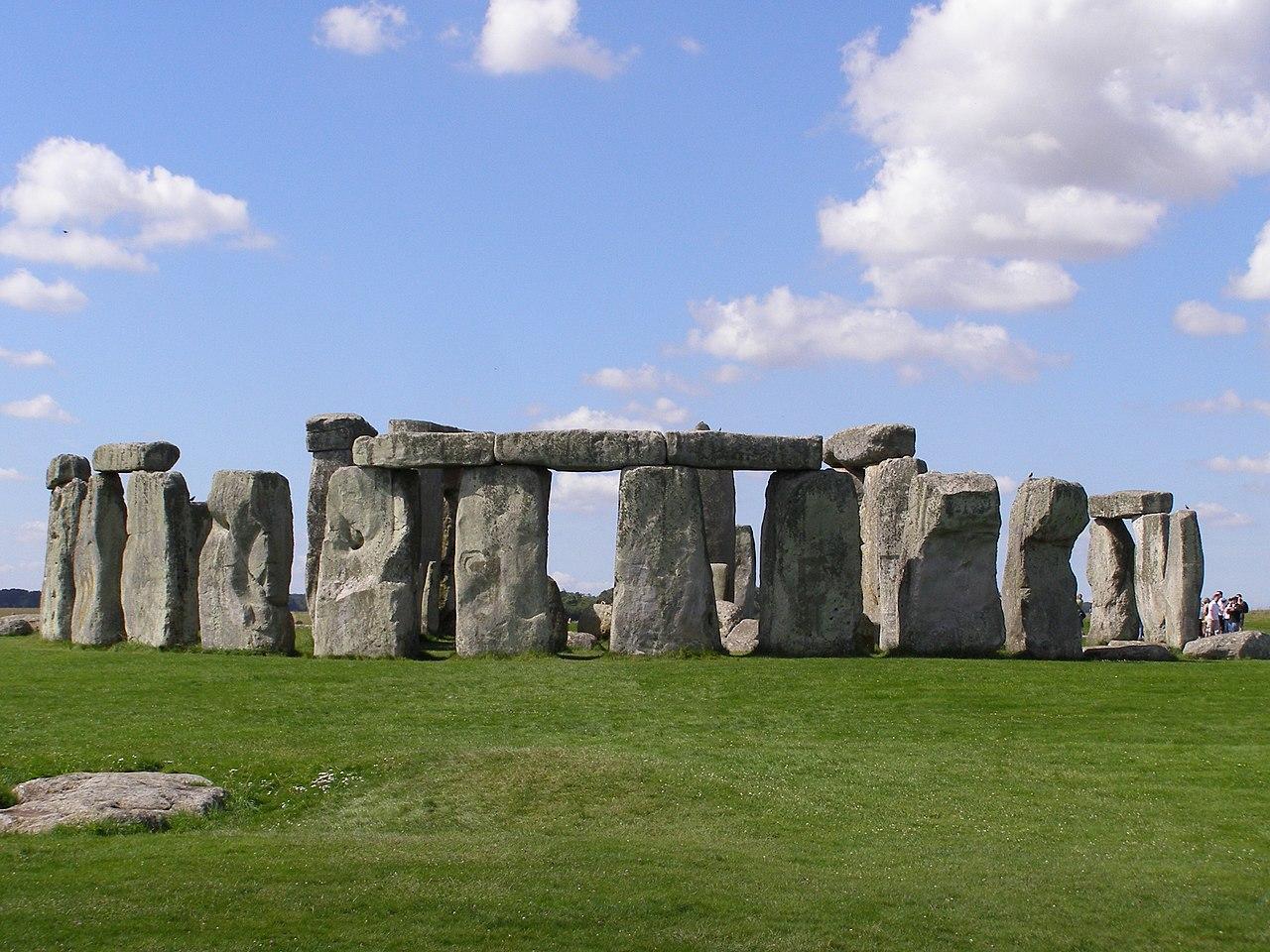
Source: Wikimedia
Professor Nick Pearce, another researcher from Aberystwyth University, said, “This stone has traveled an awful long way – at least 700 km – and this is the longest recorded journey for any stone used in a monument at that period.”
High Level of Social Organization in Ancient Britain
According to Pearce, “The distance traveled is astonishing for the time. While the purpose of our new, empirical research was not to answer the question of how it got there, there are obvious physical barriers to transporting by land, but a daunting journey if going by sea.”

Source: Wikimedia
Highlighting the impressive achievement, the researcher added, “There’s no doubt that this Scottish source shows a high level of societal organization in the British Isles during the period.”
